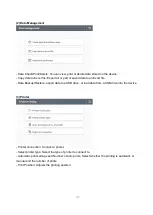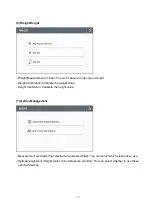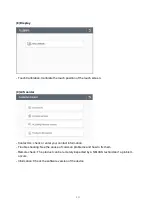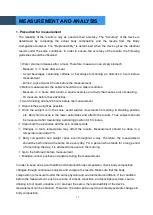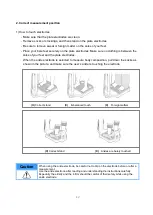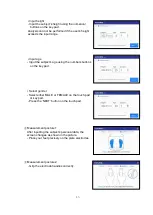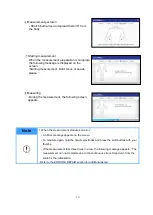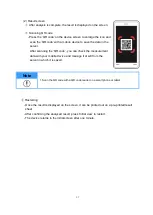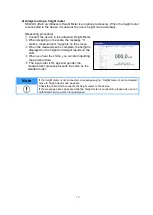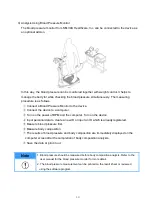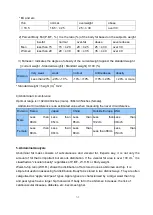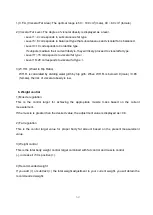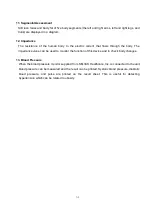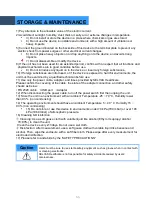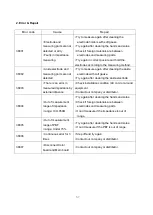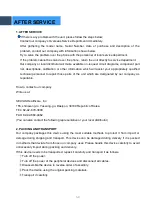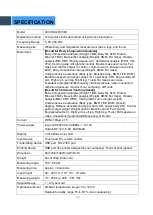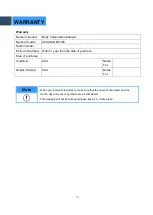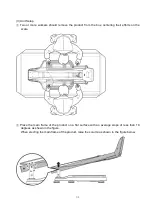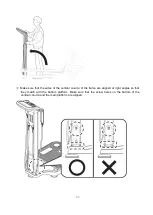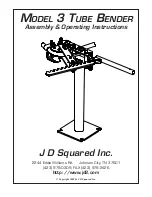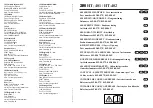
51
* EU and etc.
thin
normal
overweight
obese
< 18.5
18.5 ~ ≤ 25
25 ~ ≤ 30
over 30
2) Percent Body Fat (P.B.F., %): It is the
ratio (%) of the body fat based on the subject’s weight.
low-fat
normal
over-fat
obese
severe obese
Men
less than 15
15 ~ ≤ 20
20 ~ ≤ 25
25 ~ ≤ 30
over 30
Women
less than 20
20 ~ ≤ 30
30 ~ ≤ 35
35 ~ ≤ 40
over 40
3) Fatness = Indicates the degree of obesity of the current weight against the standard weight.
{(current weight - Standard weight) / Standard weight} X 100 (%)
Division
Very weak
weak
normal
A little obese
obesity
Less than 20% -20%~-10%
-10%~+10%
+10%~+20%
+ 20% or more
* Standard weight = height (m)
2
X 22
4) Abdominal circumference
Optimal range is <102cm/40inches (male), <88cm/35inches (female).
Abdominal Circumference is an estimated value when measuring the navel circumference.
Division Korea
Japan
China
Outside Europe USA
Male
Less
than
90cm
Less
than
85cm
Less
than
85cm
Less
than
102cm
Less
than
40inch
Female
Less
than
80cm
Less
than
90cm
Less
than
80cm
Less than 88cm
Less
than
35inch
5. Abdominal Analysis
Abdominal fat mass consists of subcutaneous and visceral fat. Experts say, it is not only the
amount of fat that is important but also its distribution. If the visceral fat area is over 100 cm
2,
it is
classified as "visceral obesity" regardless of P.B.F., W.H.R. or Body weight.
Waist-to-hip ratio (W.H.R.) shows the distribution
of fat stored in one’s abdomen and hip. It is
simple but useful in assessing fat distribution. Body fat is stored in two distinct ways. They are often
categorized as 'apple' and 'pear' types. Apple types are characterized by a larger waist than hip,
and pear types have a larger hip than waist. If body fat in the abdomen increases, the risk of
cardiovascular diseases, diabetes, etc. becomes higher.
Summary of Contents for Accuniq BC380
Page 1: ......

